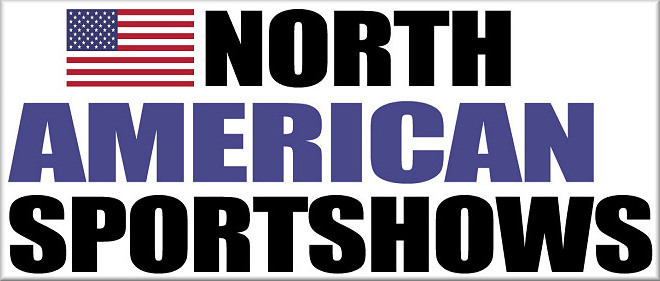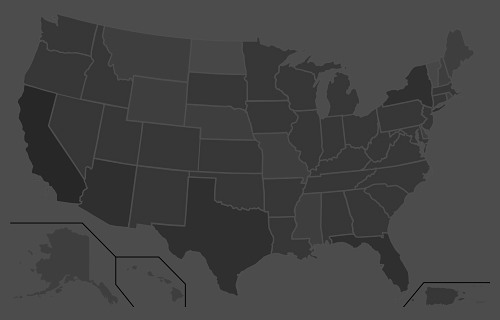“Our added winter moisture and active calling period led to a very long nesting and hatching season, starting in late April and extending into early summer, with chicks hatching as late as early July,” O’Dell said. “From a population standpoint, we are out of a deficit for the first time since 2001-2002. Quail are starting to pop up in places they haven’t been seen in a while.
“If you’ve never had the chance to experience what Arizona quail hunting built its name on, then this would be the year to get out and enjoy it.”
Meanwhile, hunters should note that the season for Mearns’ quail doesn’t begin until Dec. 4. It’s summer rainfall that plays a key role in nesting success and population numbers of this species. After a spotty and relatively weak monsoon across southern Arizona, these birds are likely to be abundant only in pockets that received sufficient precipitation this summer.
A valid Arizona hunting or combination hunt and fish license is required for all hunters 10 and older. Those hunters under 10 must either have a valid hunting or combination hunt and fish license, or be accompanied by an adult who possesses a valid hunting or combination hunt and fish license. Licenses can be purchased online or at license dealers statewide. A youth combination hunt and fish license (ages 10 to 17) is $5.
The general bag limit is 15 quail per day in the aggregate, of which no more than eight may be Mearns’ quail (when the Mearns’ season opens Dec. 4). The general possession limit is 45 quail in the aggregate after opening day, of which no more than 15 Gambel’s, scaled or California quail in the aggregate may be taken in any one day. After the opening of the Mearns’ season, the 45-quail possession limit may include 24 Mearns’ quail, of which no more than eight may be taken in any one day.
More quail-hunting information can be found on the department’s website at https://www.azgfd.com/Hunting/. Another resource for both new and experienced hunters alike is “An Introduction to Hunting Arizona’s Small Game.” Written by Randall D. Babb, the 196-page, full-color book covers where and how to hunt small game birds (like quail), squirrels, rabbits, ducks and geese. It also includes how to prepare and cook your harvest, with illustrations and recipes. The book can be ordered for $16.95 at www.azgfd.gov/publications.
Finally, hunters should check out O’Dell’s techniques for field-dressing quail at https://www.youtube.com/watch?v=3gRwZAcWzzk.
####
Publishers Notes: OUT OF STATE HUNTERS, FISHERMEN & OUTDOOR ENTHUSIASTS; Due to the Covid 19 pandemic, there could be limitations for OUT of STATE hunters, fishermen and other outdoor enthusiasts to include a 14-day quarantine requirement or negative COVID-19 testing alternative. Please check with the State's Department of Natural Resources BEFORE you travel or apply for the 2020 Fall Hunts.
Disclaimer: The views expressed on this site are that of the authors and not necessarily that of TBC Press
CDFW Adopts New Recreational Dungeness Crab Fishery Regulations
Submitted by: TBC Press
Posted on: 11/06/21
The Backcountry Press
The country's premier daily HUNTING, FISHING & OUTDOOR news in the USA and around the globe. Read whats happening in your neck of the woods & beyond.
© 2020 TBC Press - All Rights Reserved Website Design by:
News # 14619
New regulations adopted by the Fish and Game Commission(opens in new tab) authorize the California Department of Fish and Wildlife (CDFW) Director to restrict the use of crab traps in the beginning and end of the recreational Dungeness crab season due to marine life entanglement risk.
The recreational Dungeness crab season is scheduled to open statewide on Saturday, November 6 for all methods of take. However, under the new regulations, the Director has authority to prohibit the use of traps in the fishery to minimize entanglement risk from lines and buoys typically used with trap gear. A crab trap gear prohibition would also prevent the use of crab traps in the rock crab fishery. Use of hoop nets and snares (crab loop traps) are not affected by these new regulations and can be used to catch Dungeness crab when the season opens.
CDFW reminds crabbers to sign up for email updates on CDFW’s Whale Safe Fisheries webpage, and to check for season updates before heading out. Crabbers can also review the Best Practices Guide (PDF)(opens in new tab) to help minimize entanglement from trap gear. Crabbers should also become familiar with the Risk Assessment Fishing Zones.
Crabbers should be aware that the new regulations require recreational crab traps to have a single standardized main buoy which measures at least 5 inches by 11 inches and a single red marker buoy that measures 3 inches by 5 inches. No additional buoys or trailer buoys may be used. There is also a 10-trap limit, and all traps must be serviced at least every nine days. Each recreational crabber who uses traps must also have a Recreational Crab Trap Validation, which is available for purchase online from CDFW's online License Sales and Services website or at licensed retailers.
CDFW Director Charlton H. Bonham will be using the Risk Assessment and Mitigation Program regulations over the coming weeks to assess risk of entanglement for whales and sea turtles off California’s coast in both the recreational and commercial fisheries. The first assessment is scheduled for November 1, and may impact allowable gear for the recreational season opening on November 6. Recent survey data indicate there are a significant number of humpback whales and Pacific leatherback sea turtles still foraging in California’s rich coastal waters. Director Bonham will review available data and recommendations from CDFW staff and the California Dungeness Crab Fishing Gear Working Group when making decisions regarding the recreational and commercial fisheries during these upcoming risk assessments.
For more information related to the risk assessment process, please visit CDFW’s Whale Safe Fisheries webpage. For more information on the Dungeness crab fishery, please visit wildlife.ca.gov/crab. For general information, please see the FAQs for the new recreational crab trap regulations.
####












